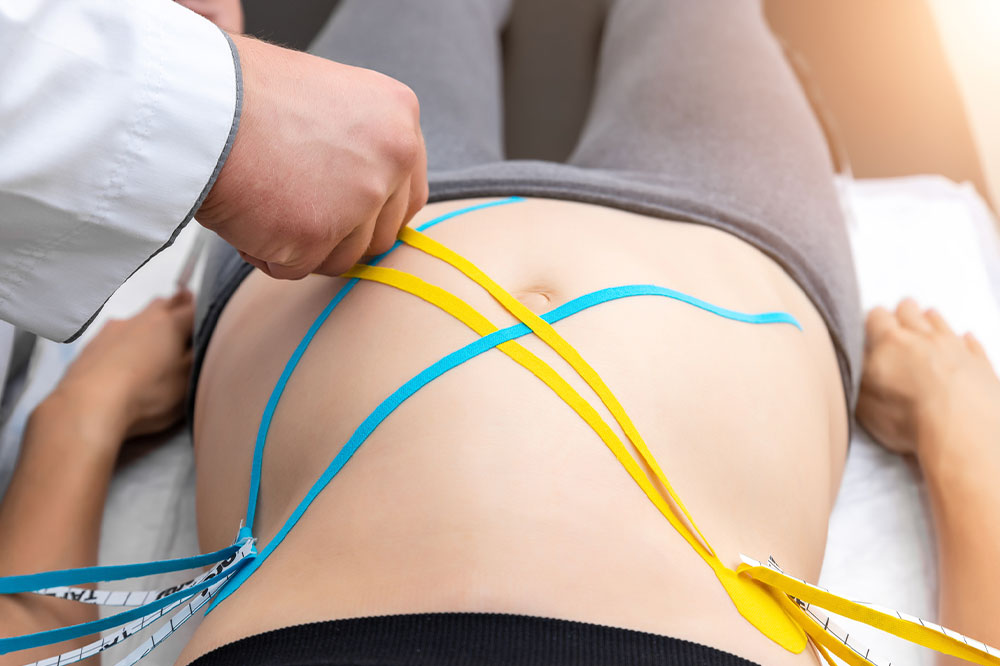
Symptoms, causes, and ways to manage abdominal adhesions
Abdominal adhesions are marked by the formation of scar tissue in the abdominal cavity, usually as a result of surgical procedures or abdominal infections. These adhesions can give rise to a range of complications, resulting in discomfort for those who experience them. To ensure optimum health, it is essential to have a thorough understanding of this condition. This article will explore abdominal adhesions, including their symptoms, causes, and available treatment options.
Signs & symptoms of abdominal adhesions
Abdominal adhesions can present themselves in various ways, and people may experience various symptoms. Some of the typical signs and symptoms that are associated with abdominal adhesions include:
Persistent or recurrent abdominal pain
Numerous individuals affected by abdominal adhesions experience chronic abdominal pain that can significantly impact their daily lives.
Gastrointestinal problems
Adhesions can interfere with the normal functioning of the digestive system, resulting in symptoms such as bloating, constipation, or diarrhea.
Restricted movement
In certain cases, abdominal adhesions can restrict movement and cause discomfort during physical activity or everyday tasks.
Fertility problems
Adhesions near the reproductive organs can contribute to infertility or difficulties in conceiving for both men and women.
Obstruction
Abdominal adhesions may result in partial or complete bowel obstruction, leading to intense abdominal pain, nausea, and vomiting.
Causes of abdominal adhesions
There are several factors that can lead to the development of abdominal adhesions. The most common causes include:
Surgical procedures
Abdominal surgeries, such as appendectomies, cesarean sections, or bowel surgeries, can trigger the formation of adhesions.
Abdominal infections
Infections in the abdominal cavity, such as peritonitis, can lead to the development of adhesions as the body heals.
Endometriosis
This condition, characterized by the growth of uterine tissue outside the uterus, can contribute to the formation of adhesions.
Pelvic inflammatory disease
Inflammatory conditions affecting the pelvis, such as pelvic inflammatory disease (PID), can lead to the development of adhesions.
Treatment options for abdominal adhesions
When addressing the management of abdominal adhesions, the course of action relies on the intensity of symptoms and the extent to which they disrupt an individual’s daily activities. Here, we present several frequently employed treatment options:
Non-surgical management
In mild cases, non-surgical approaches may be recommended. These include pain management, physical therapy, and lifestyle modifications to alleviate symptoms and improve mobility.
Laparoscopic adhesiolysis
In more severe cases, laparoscopic surgery may be performed to remove or release the adhesions. This minimally invasive procedure allows for precise visualization and treatment of the affected areas.
Adhesion barriers
During surgery, adhesion barriers, such as films or gels, may be used to prevent the reformation of adhesions. These barriers create a physical barrier between organs, reducing the likelihood of adhesion formation.
Abdominal adhesions are a medical condition that can cause significant discomfort and complications for those who experience it. It is essential to have a comprehensive understanding of the symptoms, causes, signs, and treatment options related to this condition to receive proper assistance and manage it effectively. By taking the appropriate steps, individuals can alleviate their symptoms and restore their overall quality of life.




